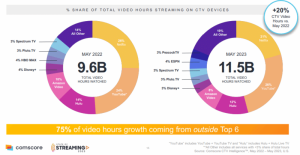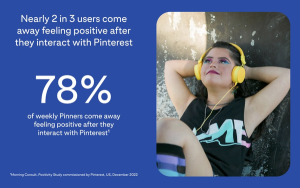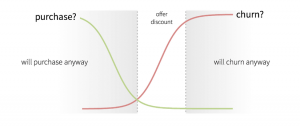
canva.com
Three times last week, I was asked a similar question. What is the right percentage of revenue? One asked this about marketing expenses, another on acquisition spend, and a third on SG&A costs. In each case, my answer was the same. There is no “right” percentage.
Sure there are some industry norms, but they’re of little value when developing a testable, measurable growth hypothesis. What matters is that you allocate the needed resources that will deliver the planned revenue.
Each channel has its own set of economics, as does each category. To help illustrate how many variables come into play and how vastly different the percentage can be from one brand to another, I’ll offer a few fictional examples.
Let’s examine three different brands. Elliot’s Wellness Shots. A self-stable line of functional shots. Waven’s Treats, a range of organic chocolate macadamia bars, and Juliet & Charity’s Cold Brew.
Elliot’s Wellness is focused primarily on direct-to-consumer. Waven’s Treats generates most of its sales through impulse purchases in grocery, c-store, and drug. Juliet & Charity’s is truly omnichannel available in grocery, e-commerce, and foodservice. All three are still pretty early-stage and have sales of around $ 2MM annually.
So, would you expect the percentage of revenue of their respective marketing, acquisition, and SG&A expenditures to be similar? No, how could they be?
Elliot’s Wellness will likely spend a large percentage on acquisition but will only need a small team and has a simple order-to-cash process. Waven’s Treats, however, will have to spend more on their team, as they will focus on in-store execution to drive impulse purchases. Since they are in a crowded category and take a more omnichannel approach, Juliet and Charity’s Cold Brew will need to invest heavily in both marketing and acquisition. Because they are selling in multiple channels, their business will be a bit more complicated, and thus their total SG&A spend is likely to be higher than either of the other two brands.
These are simplistic examples, but I hope they help illustrate the challenge of building the expenses within a growth hypothesis based on a targeted percentage of revenue. The better approach is to construct your revenue targets from the bottom up and then for each of the critical expense buckets. Be certain you are allocating the dollars to ensure that you have all the needed arrows in the quiver to drive results.
I see too many founders trying to make their expense budgets fit within the industry’s believed norms. They do this to attract investors, appease advisors, and soothe their doubts. The risk is that you overspend in some areas and underspend in others. From brand to brand, percentages will and should be different. What matters is that you have the right allocation for your brand.
Business & Finance Articles on Business 2 Community
(101)








